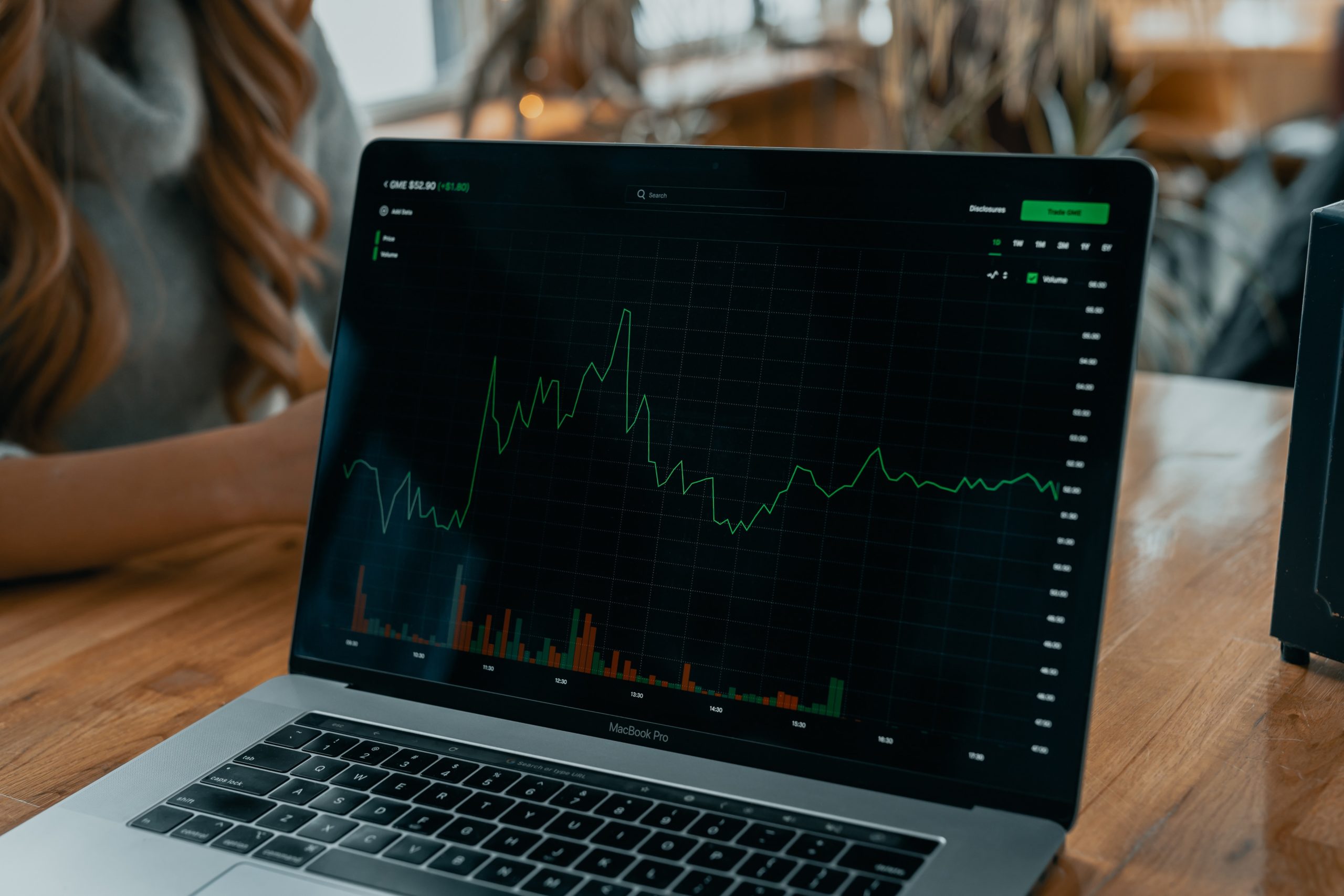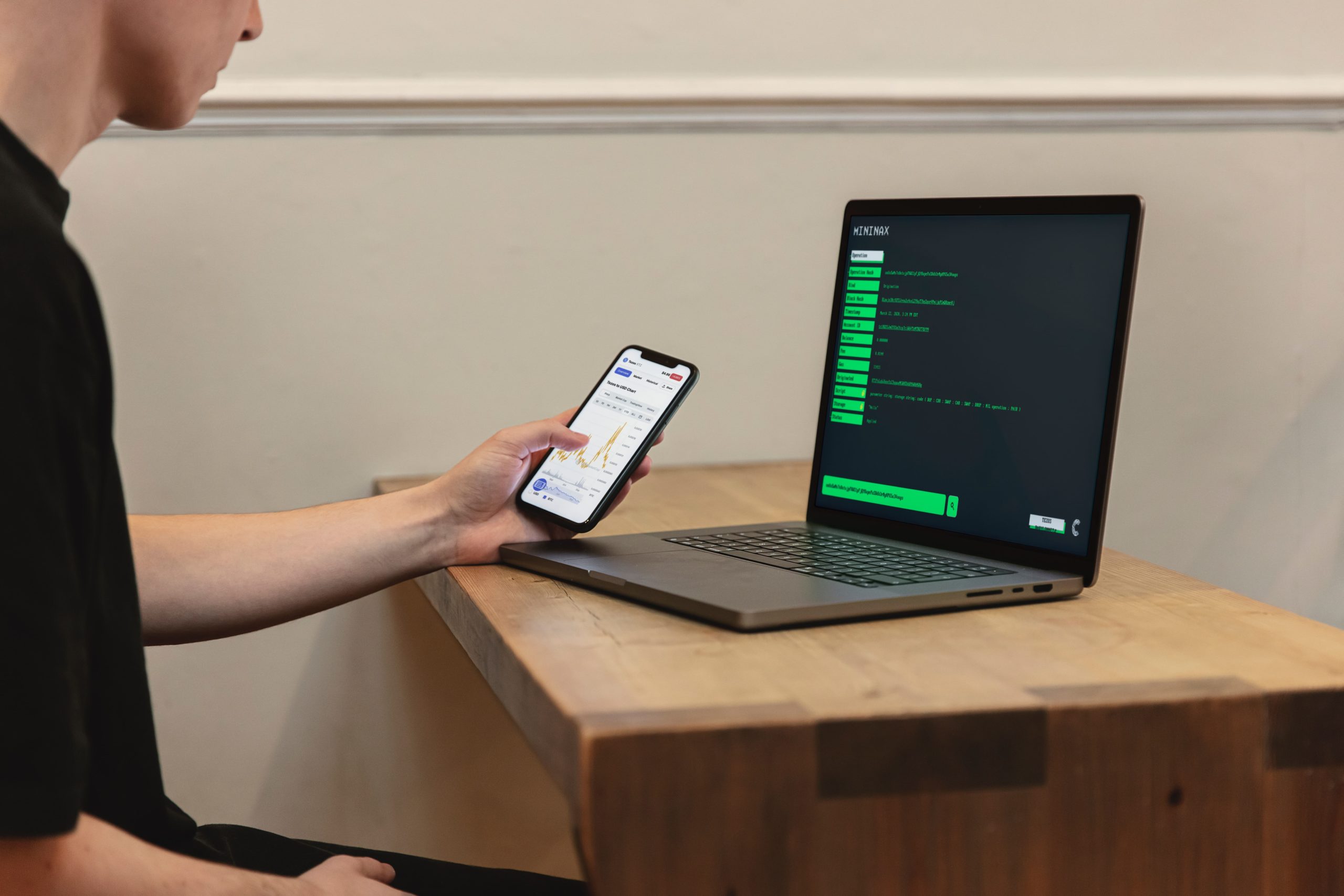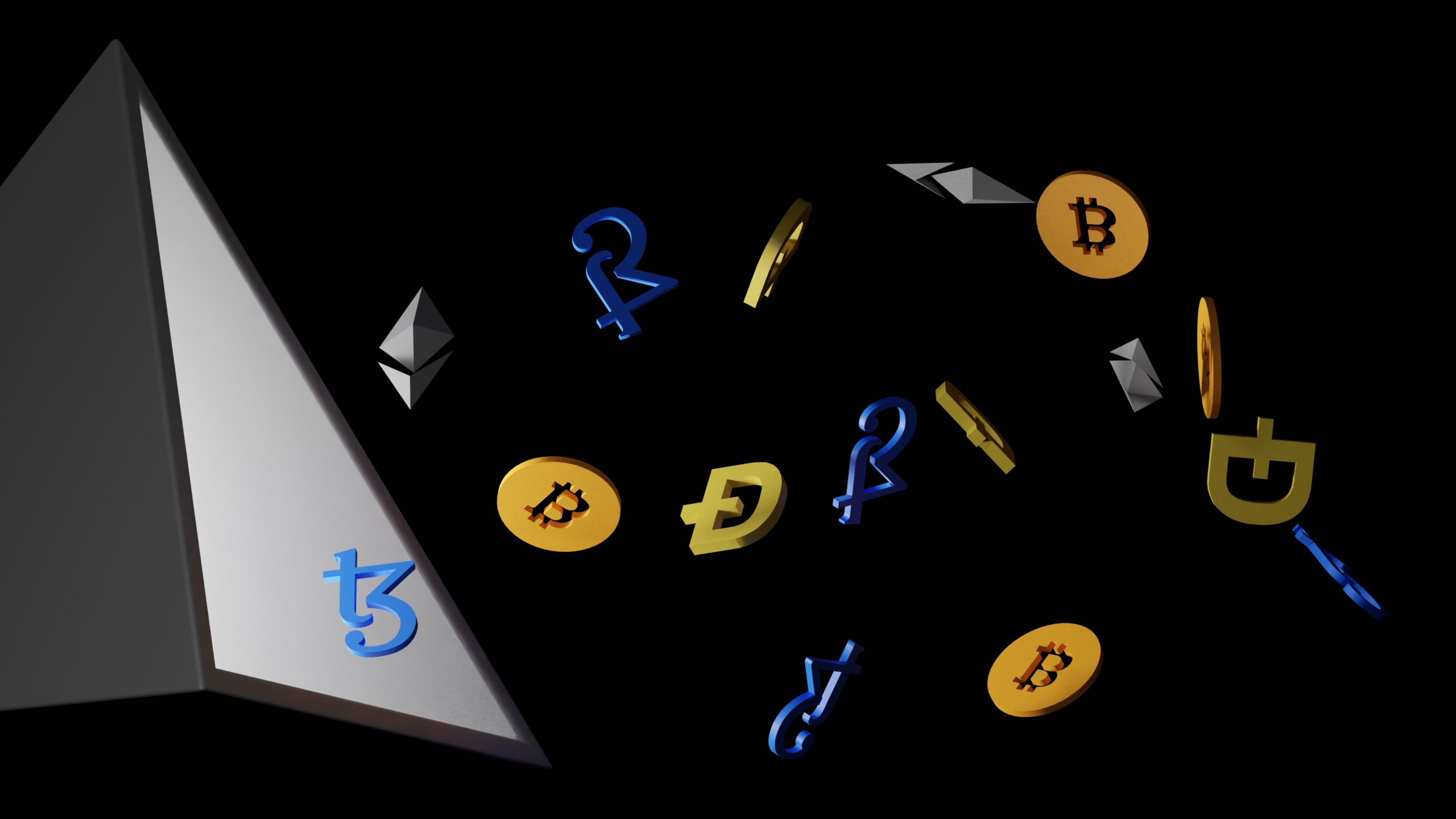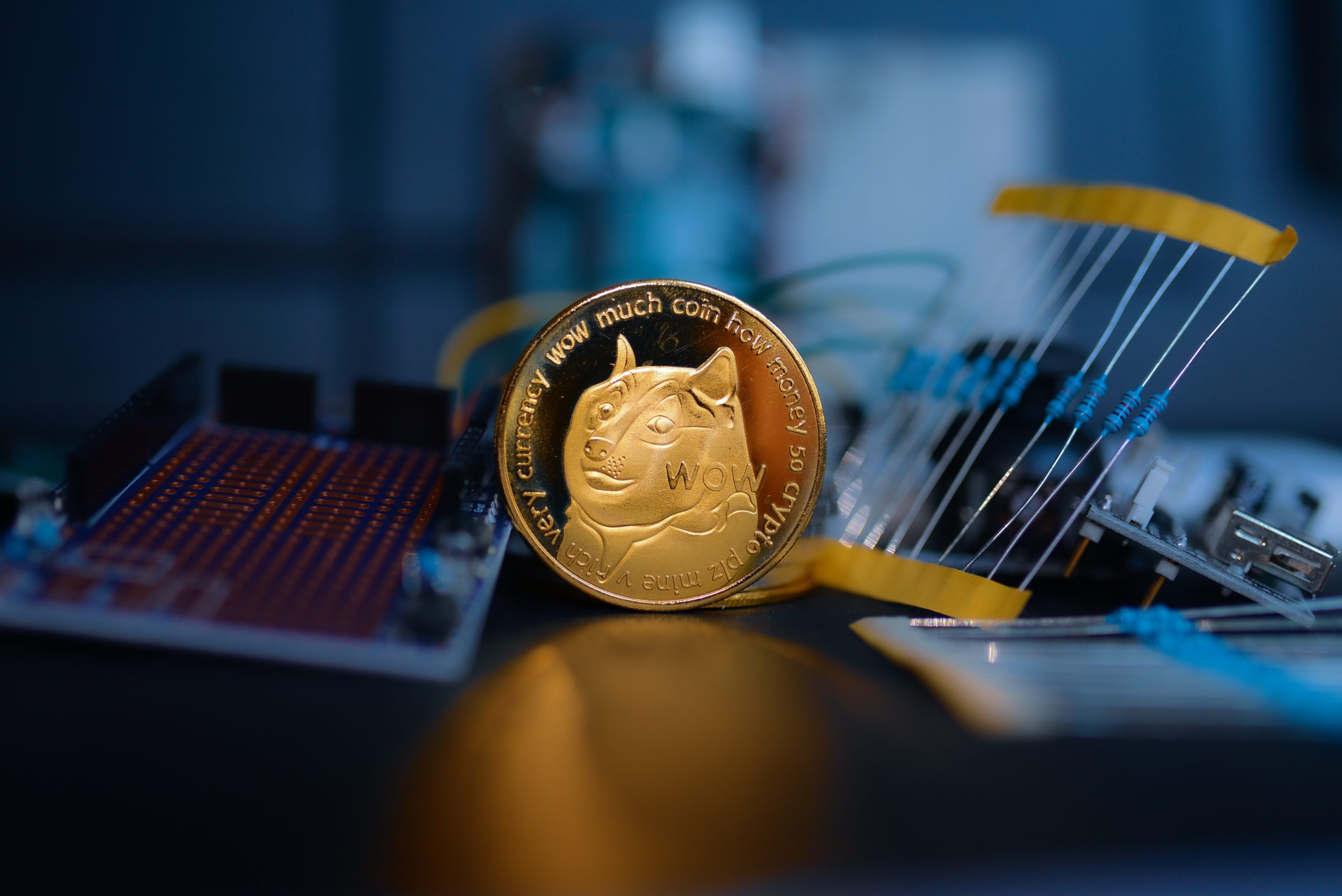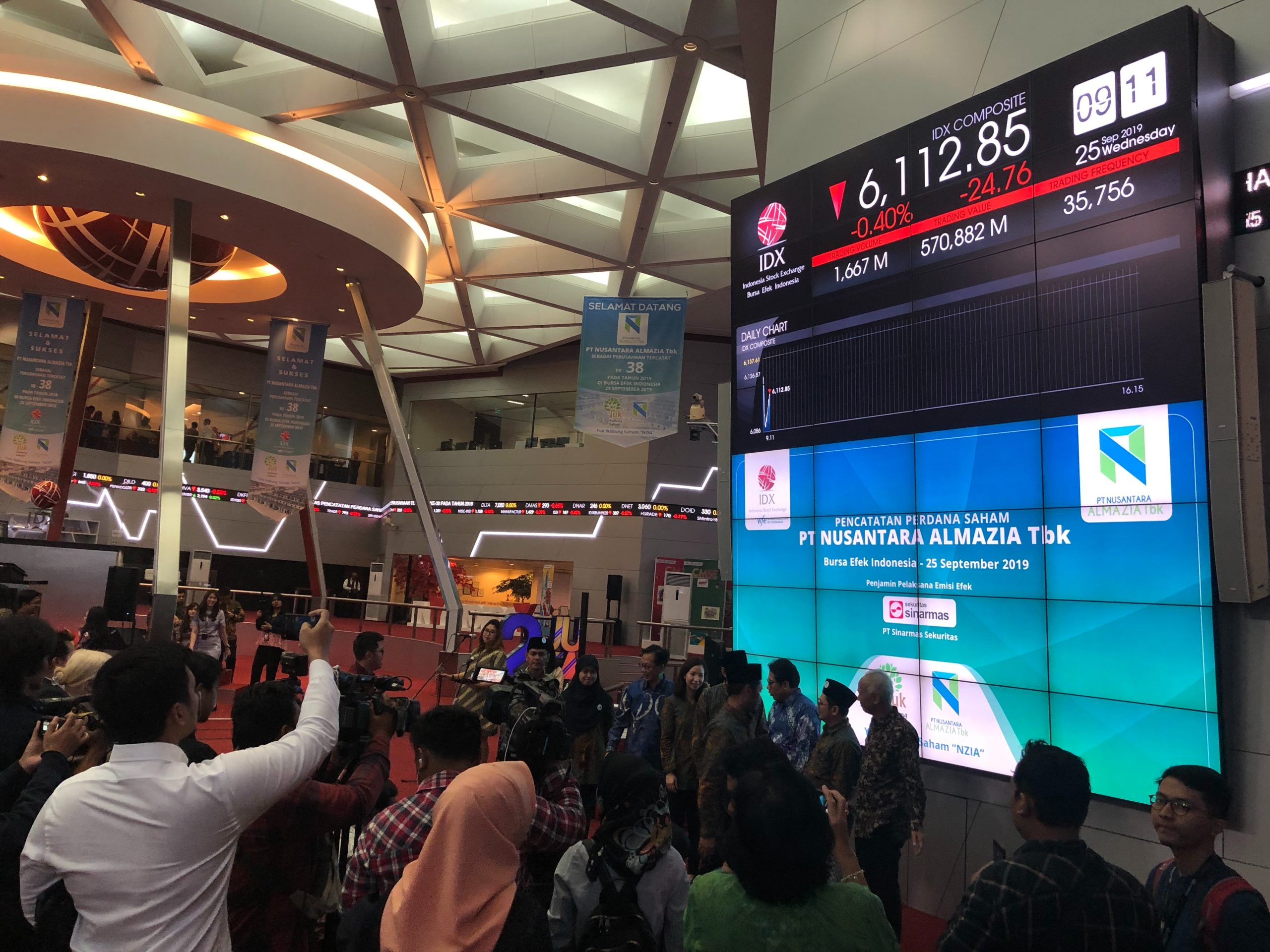Digicash is an account-to-account digital wallet that allows for P2P payments as well as online, in-app, and in-store purchases (through QR code and NFC). Digicash, which was created in 2012 by the start-up Mpulse, is exclusively available in Luxembourg. Consumers can use Digicash through participating banks (BCEE, BNP Paribas, BIL, and POST Luxembourg), while merchant purchasing services are handled by Digicash Payments S.A. Digicash has around 95,000 users and more than 350 retailers/merchants.

Ownership
The CSSF is in charge of regulating payment institutions in Luxembourg, and it is one of those institutions. Digicash Payments S.A. is the company that owns Digicash. The most important financial institutions in Luxembourg, such as BCEE, BNP Paribas, BIL, and POST Luxembourg, are behind this initiative.
Registration and configuration
Users must be customers of one of the participating banks, have their mobile phone numbers linked to their bank account, and have access to online banking. The Digicash app requires both a bank account and a phone number to be linked. It also allows you to keep loyalty cards like Auchan and Total in the app and automatically accumulate points. Each participating bank has created its own Digicash app, which is accessible for download on Google Play and the App Store.
Making a purchase
- Payments can be made in a variety of ways, including:
- In-store (NFC and Bluetooth)
- The app must be running. Bringing the phone close to the terminal initiates payment.
- Then enter your PIN to authenticate. It also allows fingerprint authentication for transactions.
- In-store (QR-code) The QR code on the receipt should be scanned with the phone.
- Authenticate using your PIN. It also allows fingerprint authentication for transactions.
- In-app
- Choose Digicash as your payment method and enter your PIN to confirm. It also allows fingerprint authentication for transactions.
Payment by peer-to-peer
After deciding which of the various alternatives should be used for the receiver’s contact information, you should then proceed to enter the entire amount of the transaction. After that, to confirm your identity, you will need to input your identification number (PIN). In addition to that, it enables the use of fingerprint authentication whenever monetary transactions are being carried out.
Merchant’s point of view
Unlike users, merchants can obtain the Digicash solution straight from Digicash Payments S.A. independent of the acquirer bank. Merchants do not need to have a bank account with one of the partner banks. When a user initiates a payment, a free transfer/euro transfer is initiated. The bank account of the payer is debited, while the bank account of the merchant is credited. If the merchant’s account is owned by the same bank as the payer’s, funds are transferred straight to their bank account (no intermediate account) in real-time. If their account is held by another bank, the monies are transferred one day later.
Security
The infrastructure, the mobile payment network, and the application that is given by each partner bank all meet the unusually high requirements for security and encryption for mobile payments. These requirements may be found in the previous sentence. Every single transaction calls for either a personal identification number, sometimes known as a PIN, or a fingerprint.
Strategy
It provides payment acceptance to merchants in exchange for a variable fee for using its services.
There are no set-up or subscription fees for payees. The costs paid are variable and differ from one channel to the next:
- If the transaction value is less than 20€, Digicash WebPOS charges 0.07 €.
- If the transaction value is equal to or greater than 20€, the fee is 1.55 percent.
- In-store POS with Digicash: 0.70 € per transaction
- Consumers are not charged.

